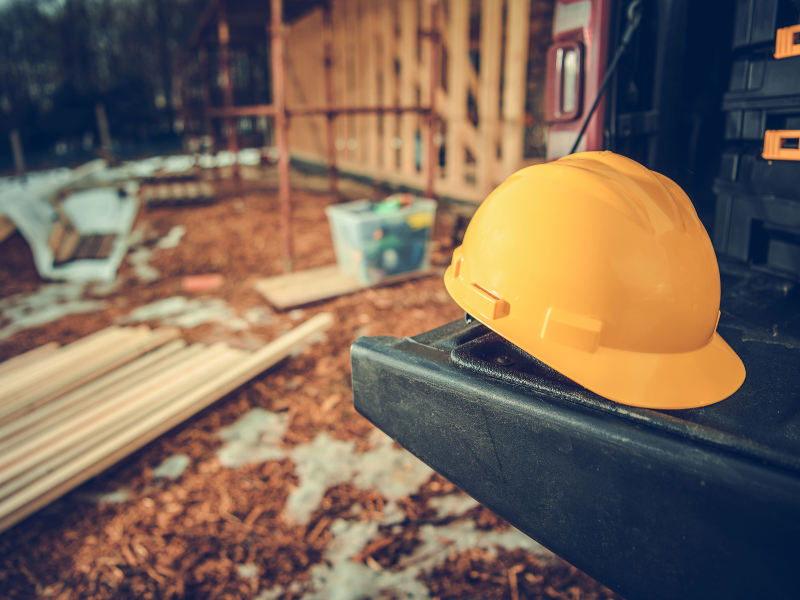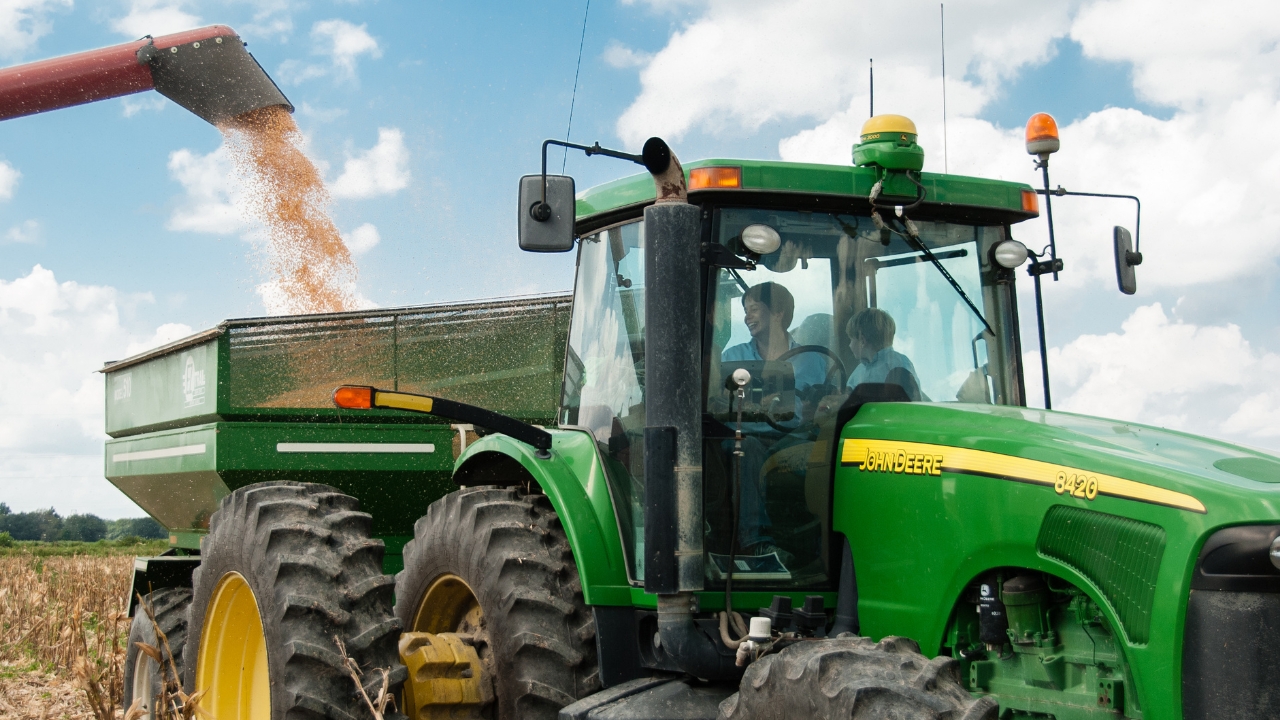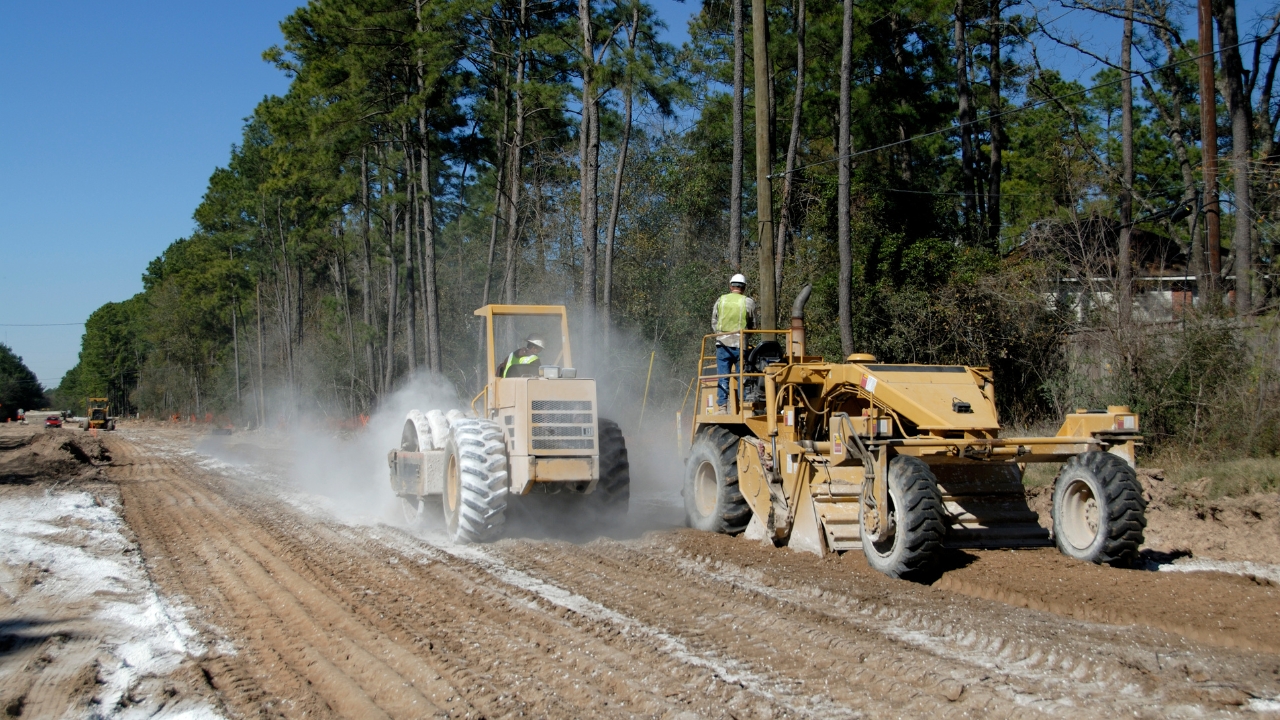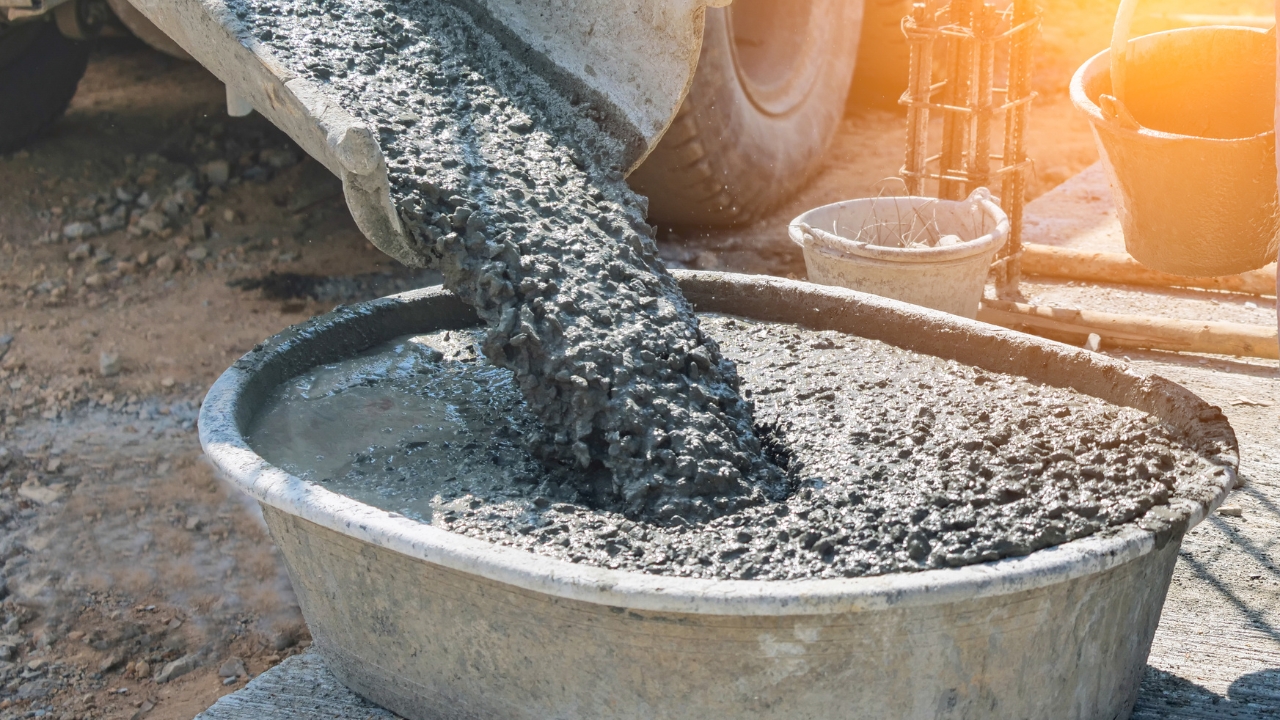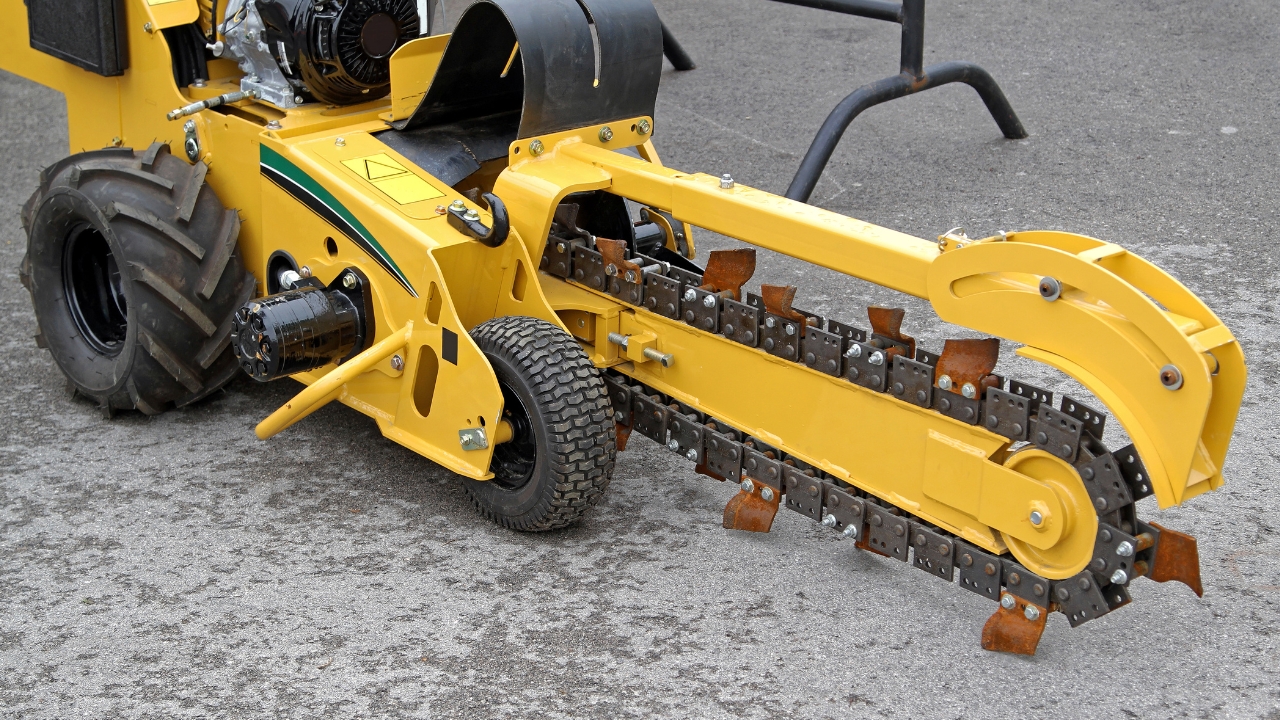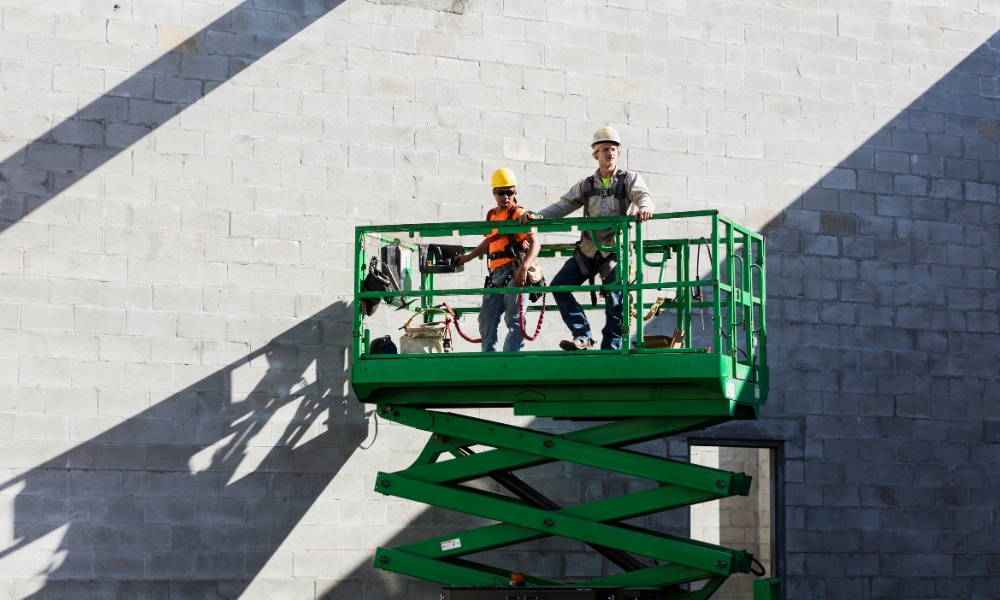As hard hats are a vital part of PPE there is much regulation and legislation in place to make sure they are used properly and fulfil their duty to protect the wearier. However, because of all the rules, many myths about certain aspects of the hard hat have arisen and you’d be surprised how many of them people believe. So here are 10 surprising myths about the hard hat:
You must wear a hard hat at all times while on site
This is not true, hard hats are only required as needed. If a site risk assessment hasn’t identified any head injury risks, then you don’t need to wear one.
You don’t have to wear a hard hat while in domestic construction.
This is partially true, it mainly depends if a risk assessment identifies a potential risk of head injury. If it does then hard hats are made mandatory regardless of the construction work size or location.
I only need to wear my hard hat when the site manager is nearby.
This is untrue, hard hats protect you from suffering a potentially fatal head injury. The risk is still there even when the site manager isn’t so hard hats must be worn at all times.
I can use a hard hat that I acquired abroad.
This is not true. Contrary to belief, not all hard hats are the same. Hard hats used on UK construction sites must be manufactured to the BS EN 397 standard as mandated by law. Foreign hard hats that don’t meet that standard so cannot be used.
I must wear a hard hat even though it discriminates against my religion.
This is partially true, the Employment Act 1989, as amended by Section 6 of the Deregulation Act 2015 experts religious groups from wearing a hard hat if they are wearing their own religious headwear. However, this does not extend to areas where head protection is deemed essential and the risk of head injury is prominent.
I don’t have to provide my hard hat; one will be provided for me.
This is partially true, employees and construction site visitors should be provided with a hard hat by either their employer or the main contractor. However, independent contractors might be expected to bring their own hard hat (one that is up to the UK standard).
A hard hat is the only safety equipment I need on a construction site.
This once again depends on what the risk assessment says about the safety of the site you’re working on. If further risks are identified then other PPE such as gloves, goggles, ear defenders and respirators will be mandated for use.
A quick task doesn’t require a hard hat.
This is un-ture, if mandated by a risk assessment a hard hat should be worn no matter how long, short, easy or long a task is. Accidents happen without warning at any time so the risk should never be taken.
All hard hats are colour coded according to their job function.
While Build UK has made certain colours mandatory for specific jobs and those colours are industry recognised, there will be instances when a construction site operates using its colour system. For instance, Network Rail only uses white and blue safety helmets on site. Therefore, it is always good to check.
My hard hat will last me for as long as I work.
This is not true, at a minimum, you should replace hard hats every five years even if there is no apparent damage. The label inside of the plastic outer shell may also offer specific manufacturer recommendations.
If you think construction is the career for you then contact Construction and Plant Training Service at 01234 604151 or 0777 18 12 418. We have many courses available for the career path you wish to take.


